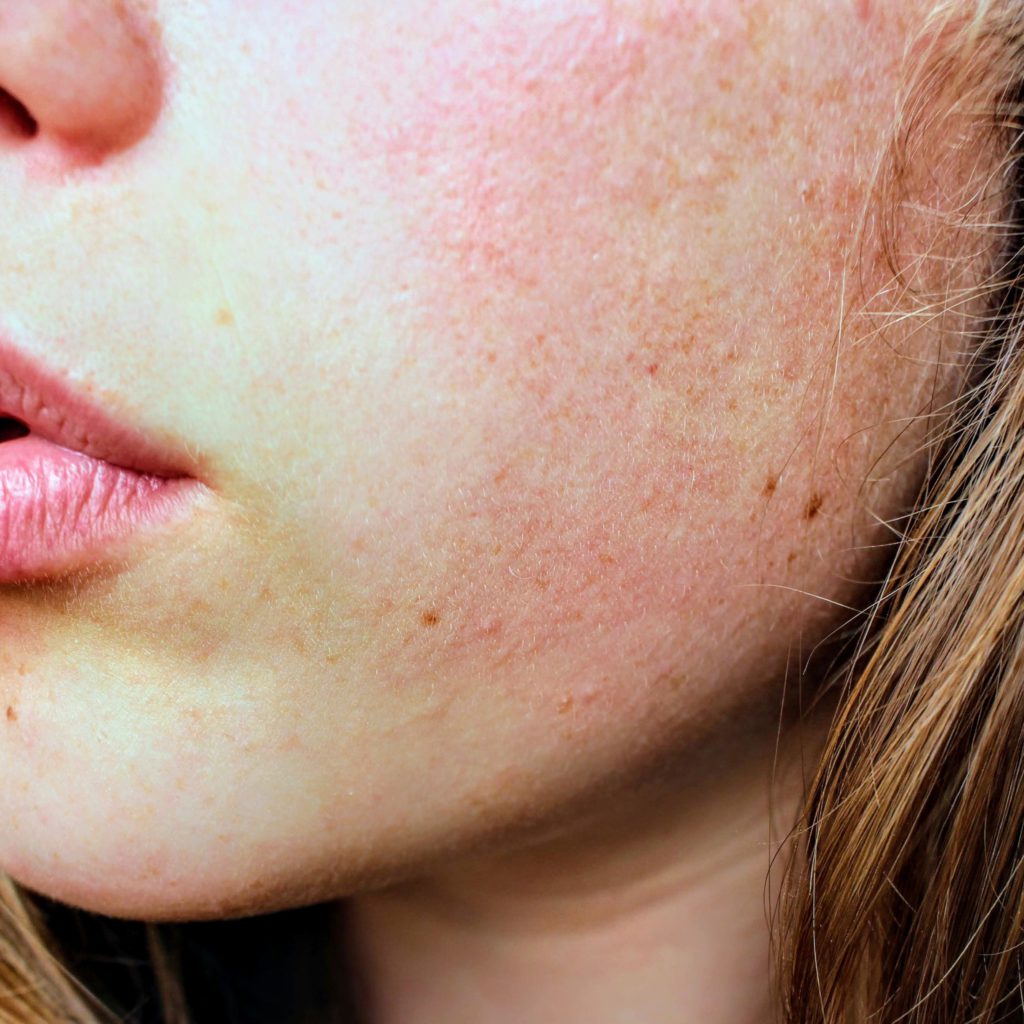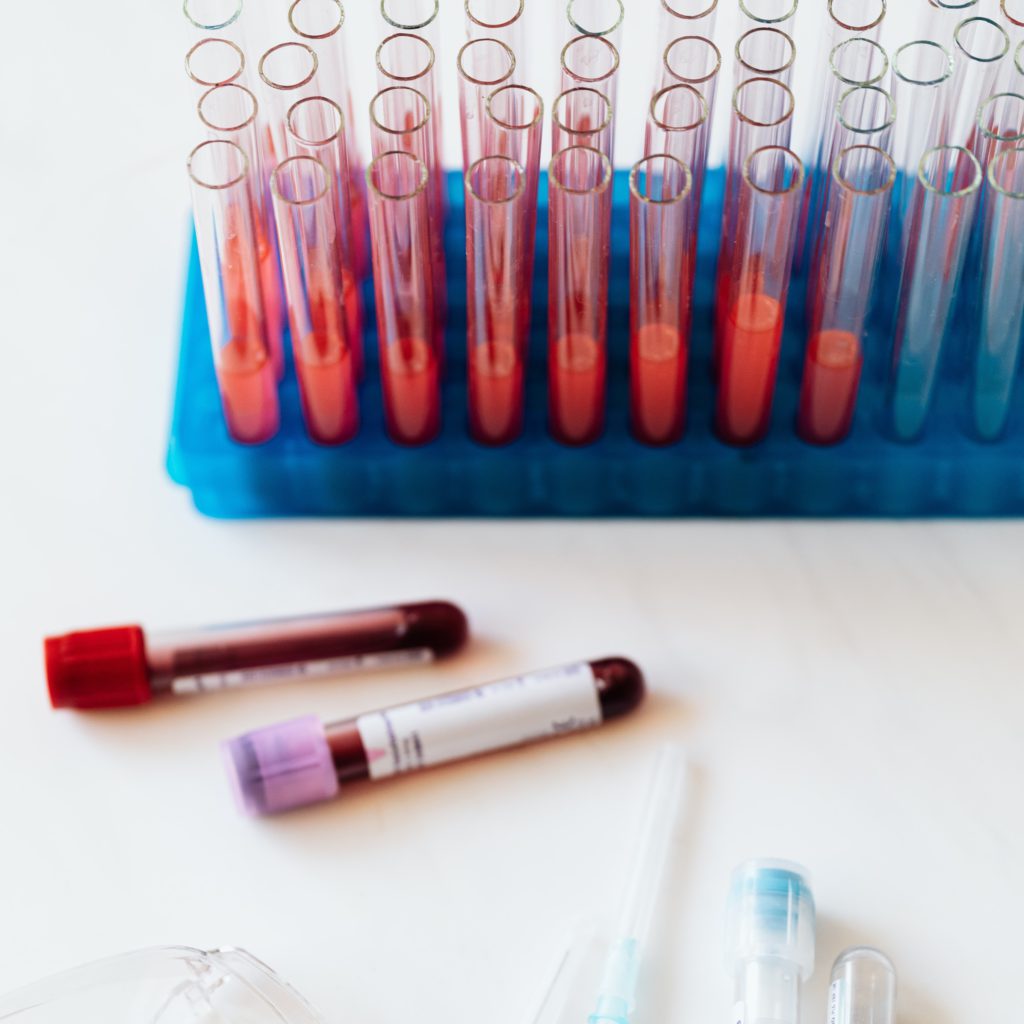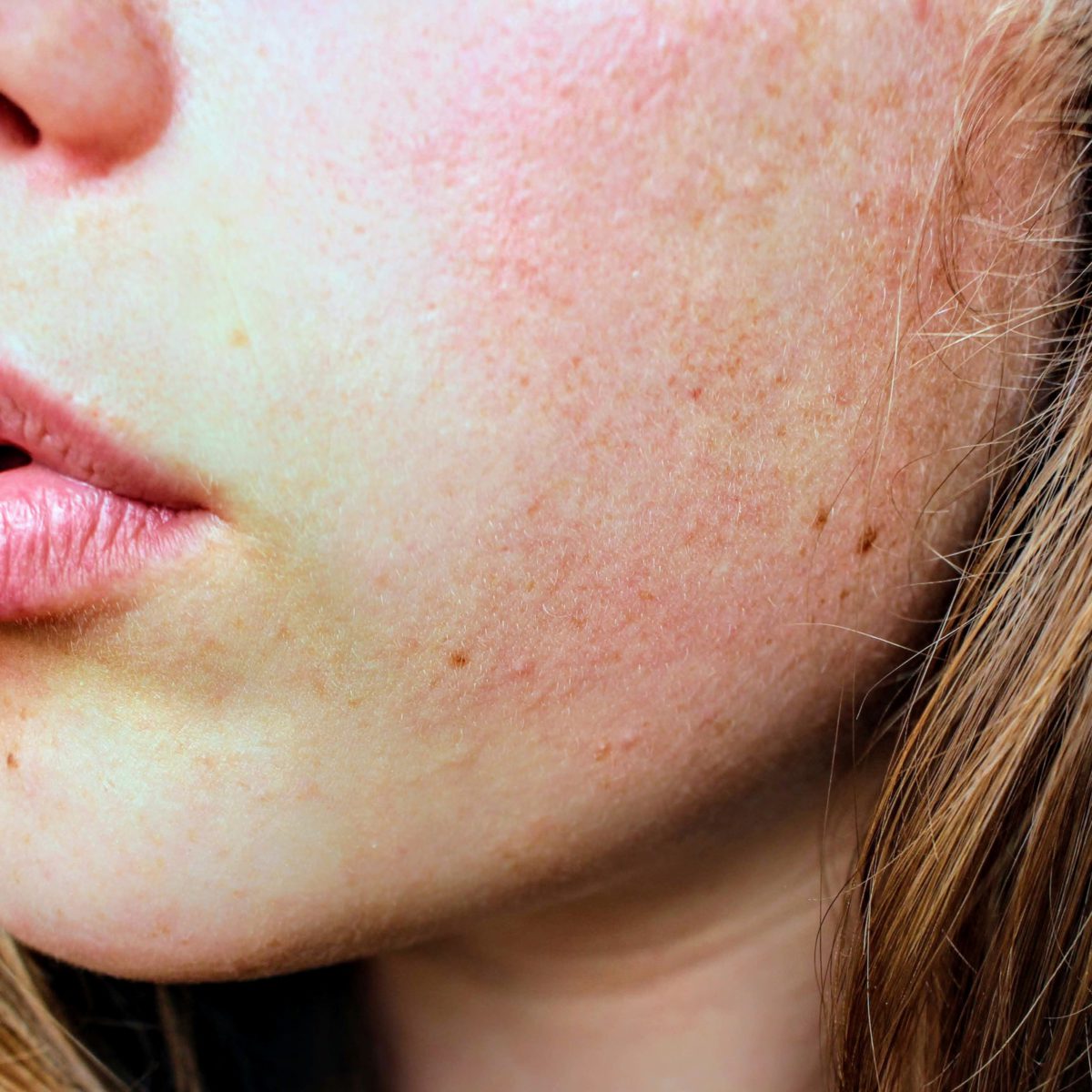Polycythemia Vera Skin Conditions
Reddened facial skin and full body itching are common polycythemia vera skin conditions. Discover lifestyle changes and medical treatments.

Polycythemia vera (PV) is a rare, chronic blood cancer in which the bone marrow overproduces red blood cells. A common side effect of PV is reddened skin that can be itchy or even painful, otherwise known as polycythemia vera skin.
What is Polycythemia Vera Skin?
Sometimes patients with polycythemia vera will notice re-occurring red, blotchy patches on their skin that can be itchy or even painful. This skin condition is commonly known as polycythemia vera skin.
The human skin is a sensitive organ that is easily irritated. So how do you know if PV or some other factor causes your red, itchy skin? According to the National Heart, Lung, and Blood Institute,some common symptoms of polycythemia vera skin include:
- Redness or itching all over the body, especially after being in warm or hot water
- A red face that looks like sunburn or blush
- A burning sensation on the hands and feet
Polycythemia vera skin can cover large portions of the body or be isolated to small, blotchy areas. While the above symptoms could indicate many different things, you must tell your doctor if you notice your skin becoming abnormally red after showers or baths.
Polycythemia Vera and Itchy Skin
According to a 2006 study, about 65% of people diagnosed with polycythemia vera experience some level of pruritus (itchy skin). However, in some instances, itchy skin as a PV symptom may be underreported due to patients being embarrassed or feeling that it’s trivial.
While everyone experiences itchy skin at some point, itchy skin-caused PV can contribute to poor quality of life and may at some points become unbearable.

Learn about the other symptoms associated with PV.
What Causes Itchy Skin in Polycythemia Vera?
While the verdict is still out on the definitive cause of itchy skin in patients with primary polycythemia vera, there are a few well-tested theories. Two of the most popular beliefs include:
- The abnormal cells produced by a patient with PV release large amounts of histamine and cytokines, two molecules are known to promote inflammation and swelling.
- Patients with PV, and blood cancer in general, often experience night sweats. Continuous sweat on your skin’s surface can make you itch more.
Polycythemia Vera Skin Triggers for Itching
Water is one of the biggest triggers that may cause itching in PV patients. In fact, a 2010 study revealed that somewhere between 40% to 70% of patients with PV have a history of aquagenic pruritus (water-induced itching). Even more astonishingly, 33% of the patients with aquagenic pruritus reported that they avoid contact with water on a daily basis.
While water seems to be one of the biggest triggers of itching in those with PV skin, some other triggers may include:
- Alcohol consumption
- Being close to a fire
- Sudden change in temperature
- Prolonged exposure to cold
- Profuse sweating
The triggers for itching may vary by individual. If you have polycythemia vera skin, it’s important to keep note of what triggers itching and relay the information to your doctor.
Treatments for Itching with Polycythemia Vera Skin
Given pruritus’s impact on polycythemia vera patients’ lives, further research is necessary to identify treatment options for people with PV skin. However, there are quite a few treatment options available for those with itchy skin, including:
- Antihistamines (Zyrtec, Allegra, Claritin, etc.)
- Aspirin
- UV Light therapy (phototherapy)
- Interferon alfa-2b
- Hydroxyurea
- Ruxolitinib (Jakafi)
Depending on the severity of the pruritus, your doctor may prescribe multiple medications.

“Ropegylated interferon alfa-2b or BESREMi is the first drug approval in PV in almost a decade and the first that is broadly both in the frontline and second-line setting.”
Dr. Ruben Mesa | Read more about PV treatments
Lifestyle Tips to Manage Polycythemia Vera Skin
In addition to treatment, there are some lifestyle changes that you can make to help reduce itching caused by polycythemia vera skin. The main thing is to prevent your skin from becoming too dry and avoid excessive sweating.
Some tips to help reduce itching include:
- Using a scentless, sensitive skin moisturizer daily
- Wear soft, loose-fitting clothes to avoid irritating your skin
- Take shorter hot baths or showers and limit yourself to 4 showers a week
- Use lotion immediately after bathing
- Drink plenty of fluids to help your skin retain moisture
- Find exercises that don’t cause you to sweat excessively and avoid exercising in hot weather
- Keep your nails trimmed to prevent skin-irritation
- Avoid drinking alcohol
- Avoid tobacco products as they cause your blood vessels to narrow
Additionally, if you notice that you experience night sweats, the following tips may help reduce how much you sweat:
- Use a fan to keep cool air flowing
- Avoid exercise within 3 hours of going to bed
- Dress in loose, cotton clothing
Polycythemia Vera Face
In addition to itching, some patients with polycythemia vera skin may experience facial flushing, which is otherwise known as polycythemia vera face.
What is Polycythemia Vera Face?
One of the symptoms that patients with polycythemia vera may experience is unusual facial redness and flushing, otherwise known as polycythemia vera face.
What Causes Facial Redness and Flushing in Polycythemia Vera?
Most patients with PV don’t experience the same itching sensation on their faces that they do in other parts of their bodies. Therefore, while large amounts of histamine and cytokines may cause itching in patients with PV, it seems that facial flushing may result from something else.
One theory is that the increased number of red blood cells causes the blood to become thicker than usual. The increased thickness makes it difficult for blood to circulate through the body. This slow movement through veins and arteries may be what causes the face to become red.
“Polycythemia patients come with a very high red blood cell count, and many have also high white cells and high platelets. That’s why it’s called polycythemia. All the cells grow.”
Dr. Srdan Verstovsek | Read more about the impact of PV
Treatments and Lifestyle Tips for Polycythemia Vera Face
There are a few additional precautions that you should take with polycythemia vera face, in addition to the suggestions for itchy skin. These extra precautions include:
- Using a damp, cool towel when your face is hot
- Limiting sun exposure by wearing hats and using sunscreen daily
Since your face is more frequently exposed to the elements than the rest of your body, it can often become red before the rest of your body. If your facial redness is uncomfortable, it’s important to note the triggers and share these with your doctor.
Other Potential Causes of Facial Flushing
Having facial flushing does not automatically mean that you have polycythemia vera. Intense exercise, prolonged exposure to cold, and even feeling of embarrassment can cause facial flushing.
Facial flushing at unusual times or frequent facial redness may indicate an underlying disease. In addition to polycythemia vera, other potential causes of unusual facial flushing include:
If you suspect your facial flushing may result from an underlying disease, you should schedule a doctor’s visit to get a potential polycythemia vera diagnosis.

